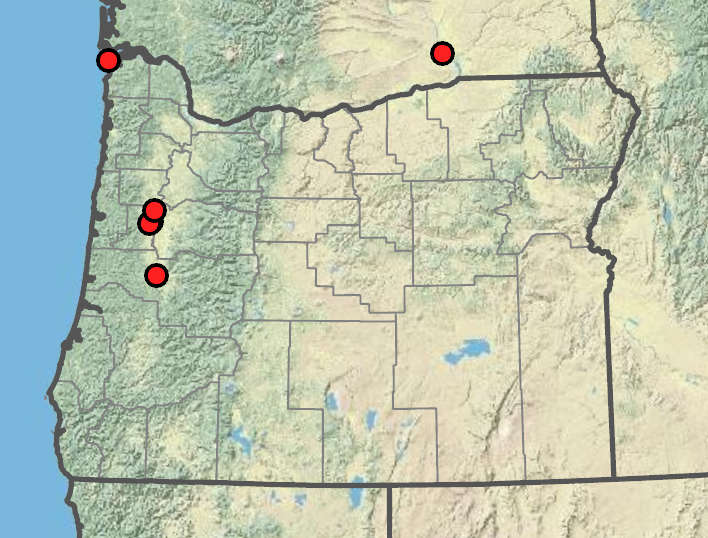Pinus strobiformis
Pinus sylvestris
Scots pine
ovoid; reddish brown, resinous.
in clusters of 2; straight to slightly curved, twisted, 3–6 cm × 1.5–2 mm; bluish green to yellow-green;
margins entire to finely serrulate; all surfaces with stomatal lines;
apex acute;
sheaths deciduous.
ovoid, 5–10 mm long, yellow to pink.
obovoid, 3–5 mm long, gray to black;
wings 3 times as long as body.
to 0.5 m in diameter, usually straight;
bark reddish brown to gray, furrowed, scaly;
branches horizontal to ascending;
twigs green to gray-brown, not glaucous, roughened by bud scars.
ovoid, nearly symmetric, 3–6 cm long, yellow-brown to gray-brown;
stalks less than 1 cm long, maturing in 2 years, opening at maturity;
umbos central; less than 3 mm;
prickles absent.
Pinus strobiformis
Pinus sylvestris
Various habitats, escaped from cultivation. 0–200 m. WV. Troughout North America; Europe. Exotic.
Pinus sylvestris is widely planted in North America for pulpwood and Christmas trees and has escaped cultivation in many states and provinces. This species is native to Europe.
Stephen Meyers


